A lot of people connect with nature through birds. Recently, with a colleague, I conducted a bird inventory at The Living Centre, a fairly small 50-acre rural property just outside of the hamlet of Lambeth in southern Ontario. The site has a diverse 25-acre forest, that includes a 3-acre swamp, and steep, vegetated canal, a ten-acre grassy old field and about 20 acres that are cultivated in herb and vegetable gardens in addition to a peace garden and other unique landscape features. Within a couple of hours, we had recorded nearly 50 species of breeding birds. For comparison, in Wortley Village, a quaint little nook of London, Ontario, we have about 15 varieties of birds that nest in the community. Why do we have fewer types of birds in the city than in the country? It’s pretty simple; rural areas have more food, more cover, and fewer dangers. Naturally, the question that follows is, “Is it possible to get more types of birds in the city?” The answer? Yes, but - and a big but here - we need to work and play at changing the urban landscape.
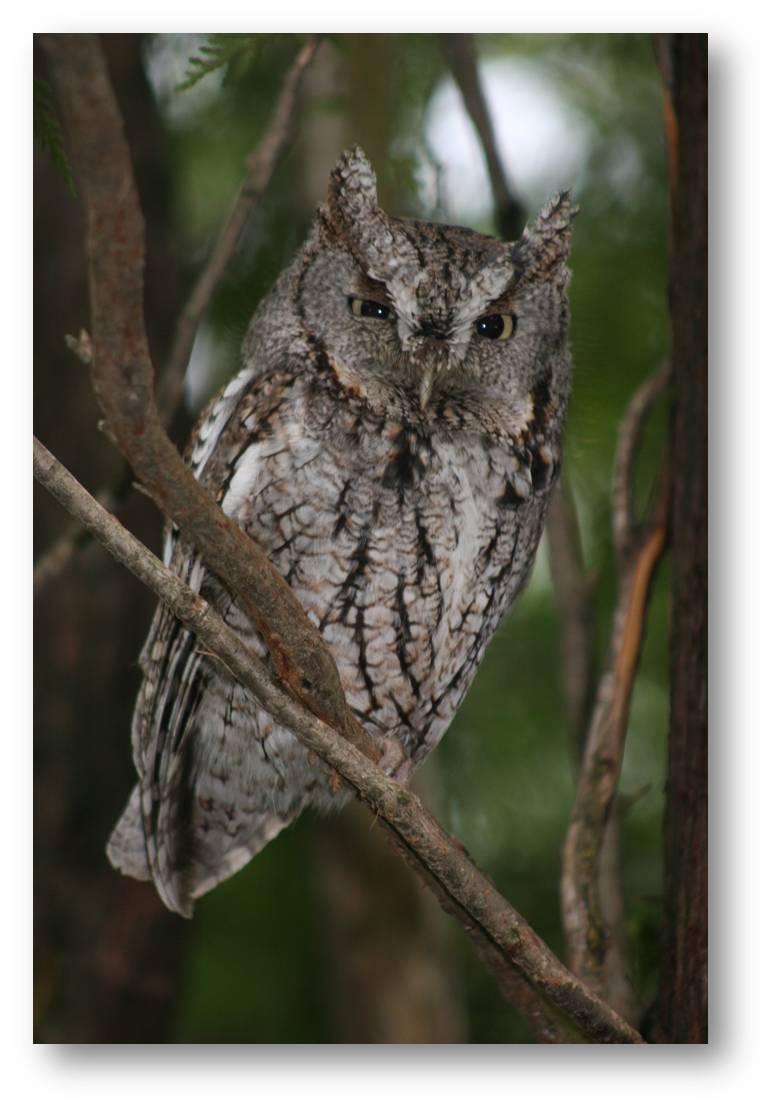
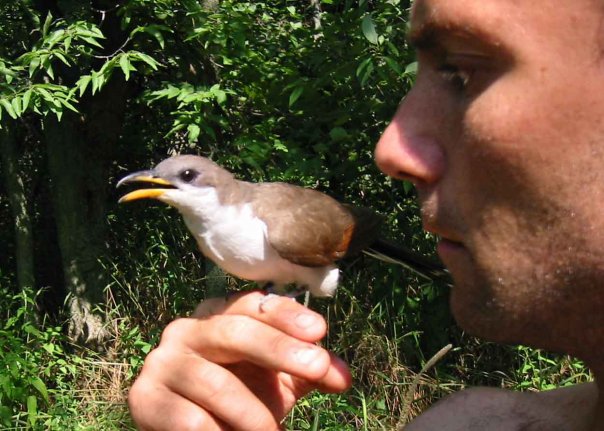
Here are a few steps to inviting more bird varieties back to their former territory in our urban jungles.
Grow Native
Starting with food, we notice most of our plants in most gardens in cities are non-native. Establishing native plants on your property and in our green spaces adds a lot of food for our birds. Many people would say, “Don’t I just need a birdfeeder with the non-native seed mix?” Not really. Sure, birds will come to your feeder. However, you’ll only get a handful of different species. If you grew lots of native plants and left them in your garden in the fall instead of cutting them down, the birds would feed on these sources of native seeds all winter long (like Goldfinches feeding on the seed heads of my Pale Purple Coneflower). This is what birds have done for thousands of years before you put up your feeder.
Adding native plants is like turning up the dial on bird diversity because they also attract a high diversity of insects. Even birds that are primary seed eaters, like Black-capped Chickadees for example, have to find insects to feed their developing young or their babies will die from malnutrition. The best way to get more insects is to establish the top insect-attracting species; native oaks, cherries, birches, and willows. If the cityscape had many more of these trees, we may see birds such as the Yellow-billed Cuckoo. Native berry-producing shrubs such as Nannyberry, Serviceberry, Dogwoods and others will attract birds such as Cedar Waxwings, Robins, other thrushes, Orioles and more.
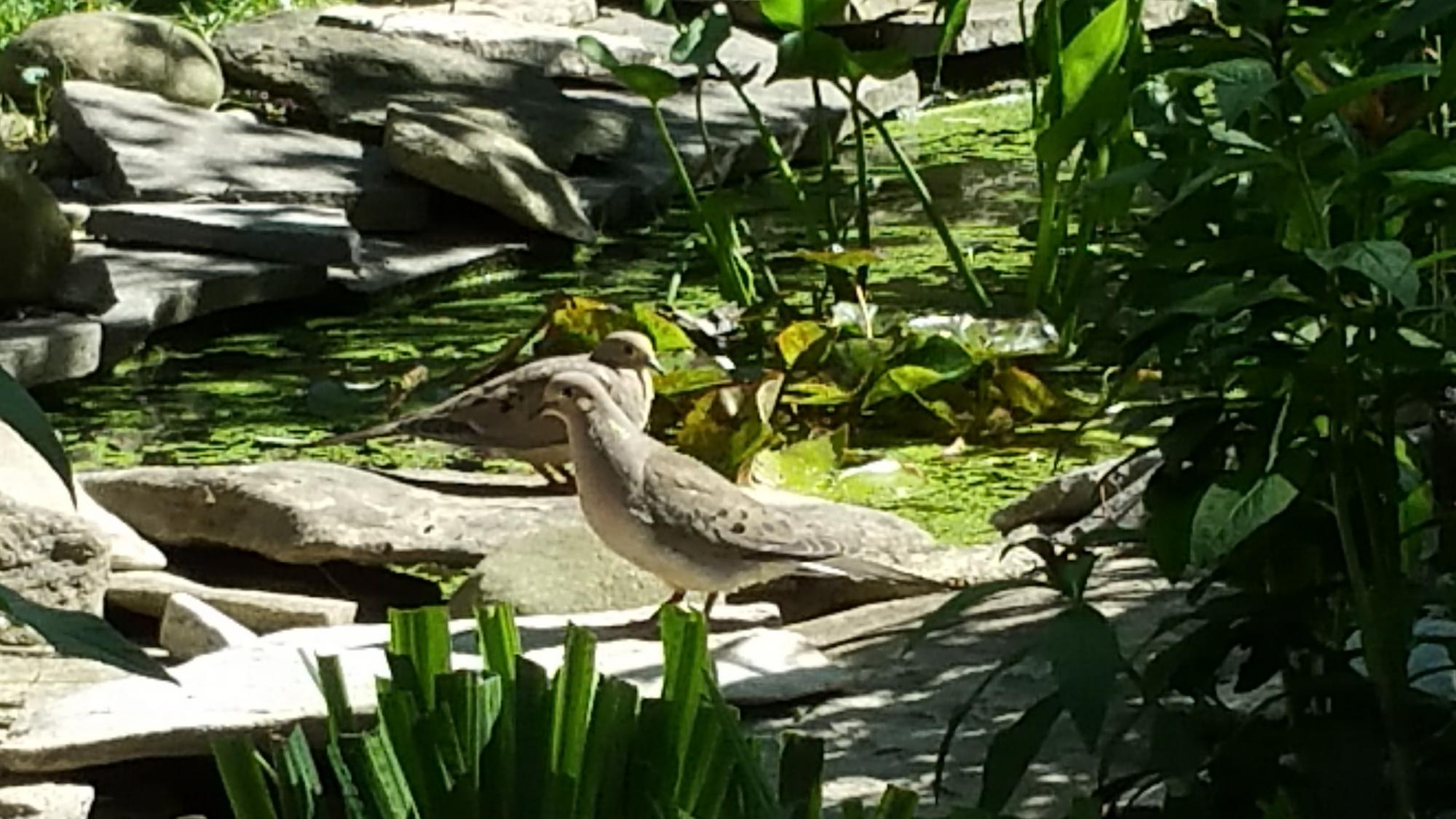
Grow Cover
The next step is to increase your cover. At home, this can mean letting a corner or section of your property go a little more ‘wild’ than manicured, providing not just food from native plants, but cover within which our birds can nest, like the the Carolina Wren. Also, as a community, if we have the means and muster the will, we can volunteer and financially contribute to projects to boost our larger areas of cover, known as urban natural areas. The closest site to support in my neighbourhood is the Coves (a 175-acre natural area 350m west of my house – there’s more than likely an urban natural area in your neck of the woods in similar need).
After over a century of habitat loss, pollution and general misuse, the Coves needs time, effort and money to get it back into shape, not just to support more wildlife species, but also to provide many things we often take for granted – flood control, carbon sequestering, clean air and oxygen provision, and many other EGS (Ecological Goods and Services). When we give like this as a community, in addition to EGS, we see signature species such as the Pileated Woodpecker, Scarlet Tanagers, Black-crowned Night-herons all returning because of the increased cover of nature habitats. And these habitats don’t have to be forests, open grassy areas are extremely valuable. The Coves, for example, actually includes an important grassland, the Euston Meadow (just west of the NW corner of Emery Street and Wharncliffe Road in London) where an Endangered bird, the East Meadowlark, has returned for the past several years. In light of the sobering statistics – the last 60 years has experienced a near 60% decline in most grassland bird species in the continent – the reappearance of the Meadowlarks at Euston Park is a major victory for the Friends of the Coves and the City of London.
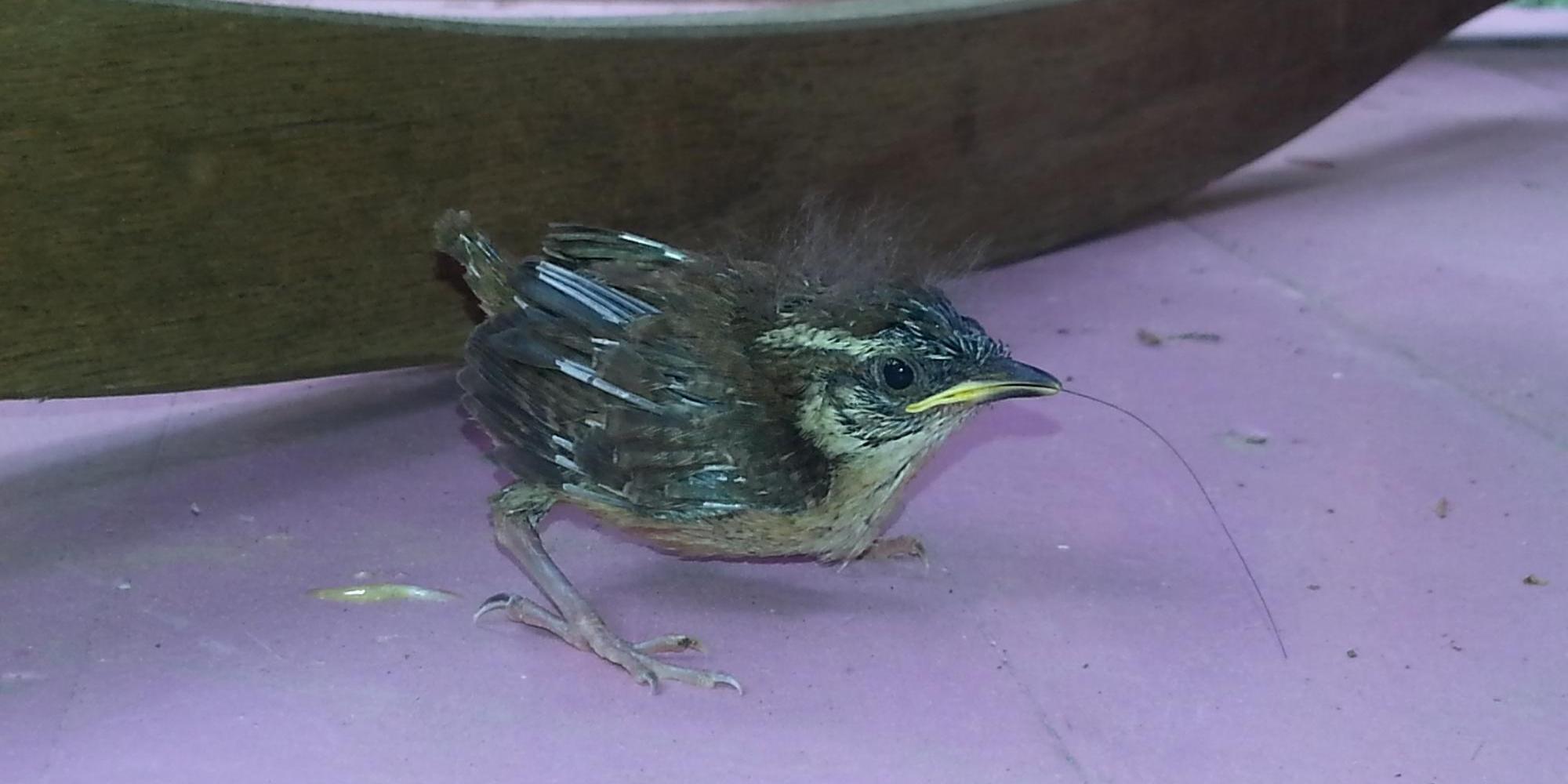
Grow With Care
If we can get them back, there’s no guarantee a bird in an urban area can survive, let alone nest and thrive. Cities are inherently more dangerous. There are many more moving parts – cars, mowers, house cats off leash and stationary objects that kill birds, namely reflective windows that appear to birds to be mere passage ways to a new area. These dangers can be mitigated, and the risks can be reduced. Drive slowly. Mow with awareness. Mow less of an area. If your cat has to be outside, put a bell on its collar. In North America, it is estimated that house cats alone kill 1 billion songbirds per year. Sadly, that’s no typo. The number of birds lost to window collisions is even greater than that lost to our cats. Adorn windows with silhouettes or other items that indicate to birds that the window is a solid, impassable and dangerous barrier. Not too long ago, I was called to a house to assist with a bird that had just struck a window. I found her gasping on the grass. She was coloured brightly yellow with a touch of blue. I was used to retrieving common birds and so this one took me by surprise; only twelve pairs were known to breed in all of Canada; she was an Endangered Prothonotary Warbler.
How Can You Help?
Join www.inthezonegardens.com to get your free source to helpful information, programs and people that can help you in the journey to find, purchase and plant native plants. See the www.thecoves.ca for opportunities to volunteer and contribute financially for local conservation efforts in Wortley Village. Anyone wishing to contribute time, effort, and money to broader strategies for birds and conserving Carolinian Canada habitats, please email stewardship@caroliniancanada.com. Carolinian Canada now has access to a roster of properties consisting of hundreds of acres for which we are waiting for funds to be able to re-establish forests, wetlands and prairies. If the inspiration from birds has served to connect a lot of us to nature, maybe we can team up to boost nature’s recovery for our many declining populations of birds.
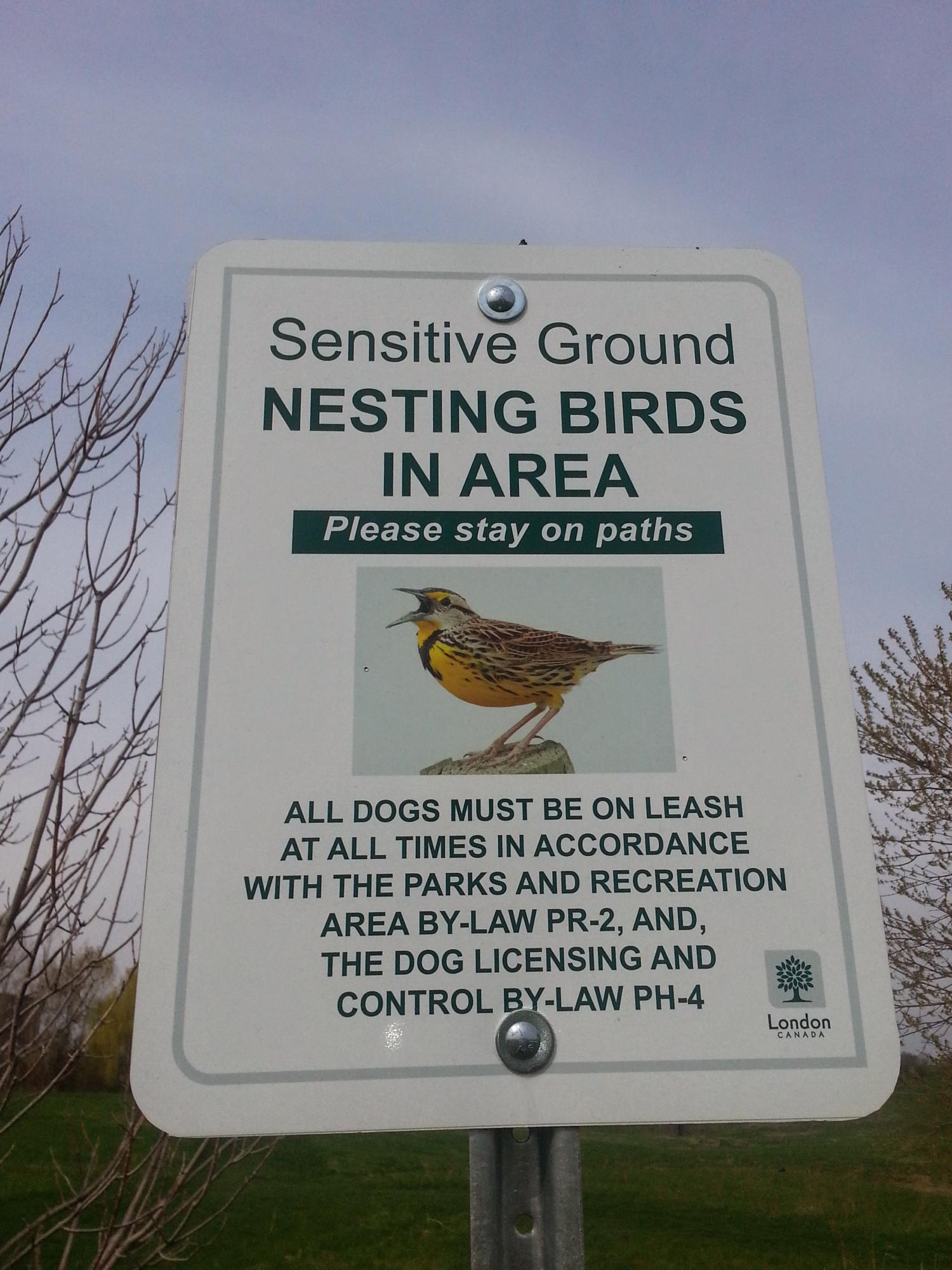
All photos by Ben Porchuk
